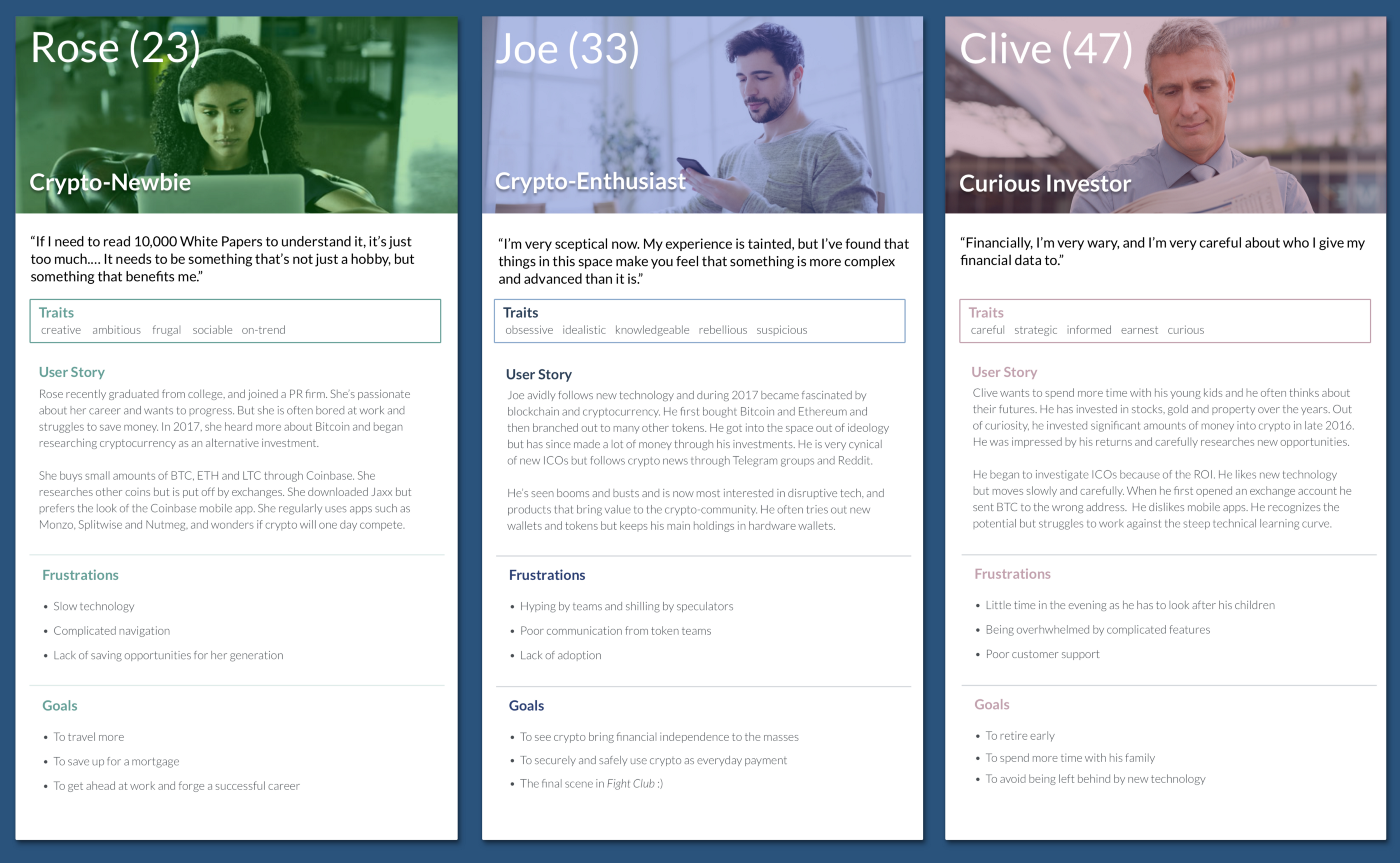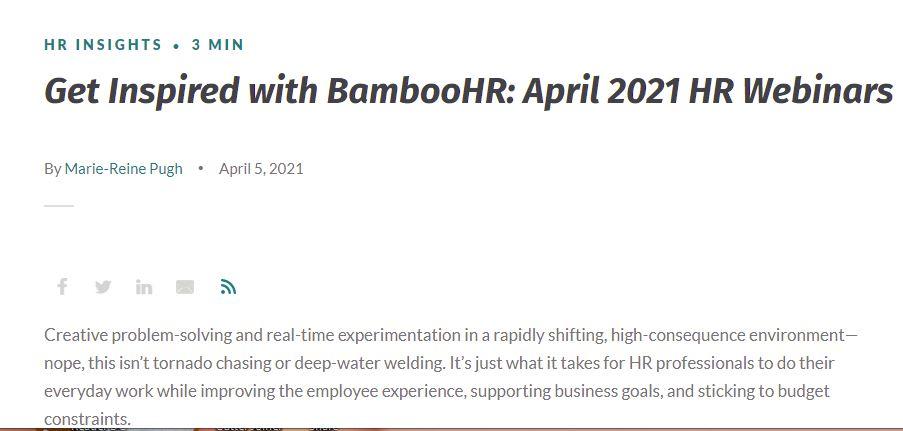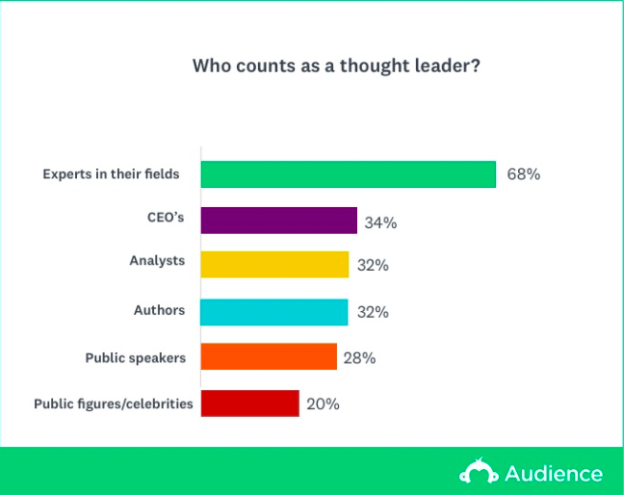How to Use Public Speaking to Grow Your Brand

Public speaking for business can be an effective marketing tactic. It gives you a chance to get in front of an audience and convincingly speak about your brand. It can also help transform your business as you get to establish an emotional connection with your target audience.
Unfortunately, this strategy remains underutilized due to people's fear of public speaking. But now, it's time to overcome the fear and get vocal about your brand through effective public speaking.
So here are six super-effective ways to use public speaking to grow your brand.
1. Set your objectives
In his book The Seven Habits of Highly Effective People, the author Steve Covey says you should "begin with your end in mind.” Giving a speech without a clear objective is ineffective. You’ll either clam up or ramble on without any clear purpose or conclusion.
To be an effective public speaker, you need to be clear about your objectives. Here are some sample goals for your brand when organizing a public speaking event:
-
Get more email signups
-
Increase sales
-
Increase the number of social media followers
-
Encourage repeat customers
The goals above are what we call “general goals” – they give you an idea of what you want to achieve. However, SMART (Specific, Measurable, Attainable, Realistic, and Time-bound) goals will help you craft the right strategies to help you achieve those objectives.
For instance, don’t just say you want more social media followers. Say you want to get 20% more social media followers in two weeks. With this SMART goal in mind, you’ll know that organizing a five-part webinar series to achieve that objective might not be efficient. So, you could opt to organize an informative 45-minute webinar instead and promote it to as many people as possible instead.
2. Identify your target audience
You must identify your target audience for your public speaking events to be successful. Knowing your target audience makes it easier for you to know how to tailor your content. For example, you could get more technical if your audience is filled with experts in your field. Conversely, you can tone down your content if you have an entry-level audience.
That’s where you need to create audience personas. These help you visualize your ideal audience, allowing you to create a public speaking event that will actually resonate with them.
Let's say you want to launch an AI bot that will help users in crypto trading. In that case, your audience personas could look like this:

Source: UX Design
You can get all the information you need for each persona from those who signed up to attend your event in the first place. Send them an email asking them about what they know about the topic to be discussed.
You can also leave a form on your website so those who register to attend your event can fill it out. Just tell the registrants that their answers will help you craft content that will cater to their level of expertise.
Once you get enough information about your audience, draft your event content.
3. Prepare relevant material
The relevant material you need to prepare should be based on what you discover about your target audience. So if you find out your audience is a mixture of crypto newbies and experts, then your script should contain a mixture of basic cryptocurrency definitions and advanced concepts.
Understanding the nature of the public speaking events you organize for your brand will also help you craft the right content.
For example, understanding webinars will help you realize that the ideal webinar length is at least 30 minutes – enough time to give the audience value and allow them to ask questions.
Apart from your script, you need to prepare your visuals to ensure that your public speaking audience understands what you’re talking about during the actual event.
In this BambooHR webinar on Four Practical Employee Retention Strategies, the speaker prepared graphs, bullet points, and case examples to explain her main points and central ideas about the topic. That’s a great way to ensure that the public speaking content is easily digestible and engaging.

Source: BambooHR
The company also prepared material to promote the webinar on their site before the actual webinar. Check out this blog post:

Source: BambooHR Blog
Consider publishing recordings of your public speaking events somewhere on your website. This allows people who didn’t attend the event to still access the content. You can even make them trade their email addresses to access the recordings. That’s one great way to increase the ROI of the public speaking events for your business.
4. Focus on telling stories
Storytelling is a universal human experience dating back 30,000 years. Storytelling helps us understand how others think or feel. It also allows us to share information in a memorable way that may have helped our ancestors survive.
Psychologist Roger Schank said, "Humans are not ideally set up to understand logic; they are ideally set up to understand stories." As a public speaker, you have to improve your talks by telling stories based on:
-
Your own experiences.
-
Other people’s (preferably well-known figures) experiences.
-
The research you’ve conducted on the topic.
Whether you’re speaking at a virtual event or a live event, focusing on including one or two stories helps you become more relatable for your audience, prompting them to listen. You may also crack a joke or two to keep your audience engaged and avoid monotony.
5. Importance of thought leadership
Thought leadership is a powerful weapon when done right. Statistics show that 68% of people view experts in a field as thought leaders.

Source: Marketing Insider Group
When you’re a thought leader, you gain trust and credibility with your audience. A thought leadership study showed that 55% of buyers bought more than one product due to thought leadership influence. Moreover, 60% of executives purchased a product or solution they had never before thought of using after consuming thought leadership content.
To become a thought leader, you need to tap into your experience and know what others do. Get expert insights into current trends by:
-
Anticipating change. Make it your top priority to spot ways your industry is changing. Remember that change is constant and avoid a fixed mindset.
-
Research using tools like Google Trends to spot topics that will dominate the conversation.
-
Keep abreast of conference agendas by looking at conference keynotes and breakout sessions in your niche. Most conferences are led by niche subject matter experts who know the latest trends.
But reading is just one part of it. Effective public speaking for business requires you to position yourself as an expert in your field. That means you also need to show the world you’re aware of these trends.
So participate in industry events and business conferences and hold webinars to share what you know. That will help customers see that your brand is better positioned to meet their needs. You will influence your audience's choices, which leads to increased profits.
6. Post on social media
Posting a video of your speech on social media will help you gain more followers. But more importantly, it puts your brand in the limelight. If your content moves people, they are likely to convert to customers.
You can engage your audience on social media by sharing the event on your social media accounts using an event hashtag.
The conference organizers can also share your participation on their social media accounts.

Source: Hubspot
In the example above, the event organizers, the Content Marketing Virtual Summit, a company that helps freelance writers become high-profit writers, published a short video on Facebook from one of their speakers, Ellie Hernaman, to remind people about the upcoming event.
You can re-share these posts on your social media account as well.
You can also promote the actual virtual events on your social media account. That’s what Hubspot does:

Source: Hubspot Facebook
After the event, don’t forget to ask for feedback so you can deliver even better content the next time around. You can also improve your content with tools that generate new topics based on those you’ve already held presentations on.
Wrapping Up
Public speaking for business is a practical yet underutilized marketing tactic. It is one of the most effective ways to make your brand stand out from the competition.
The six tips covered in this article will help you leverage public speaking to grow your brand. Set your objectives, identify your audience, and prepare relevant material. Don’t forget to tell stories during the actual event. Also, use social media to promote your virtual or live events.
Doing all this will build your reputation, and your brand will be well on its way to success.
About the author:
Michal Leszczyński is immersed in developing, implementing, and coordinating all manner of content marketing projects as the Content Marketing Manager at GetResponse. He has 10-plus years of expertise in online marketing with a Master of Science Degree in Strategic Marketing and Consulting from the University of Birmingham (UK). Michal is the author of more than 100 articles, ebooks, and courses for both GetResponse and renowned websites like Crazy Egg and Social Media Today.





